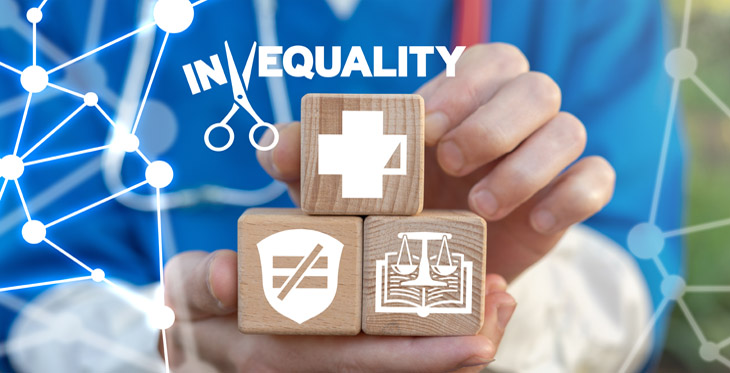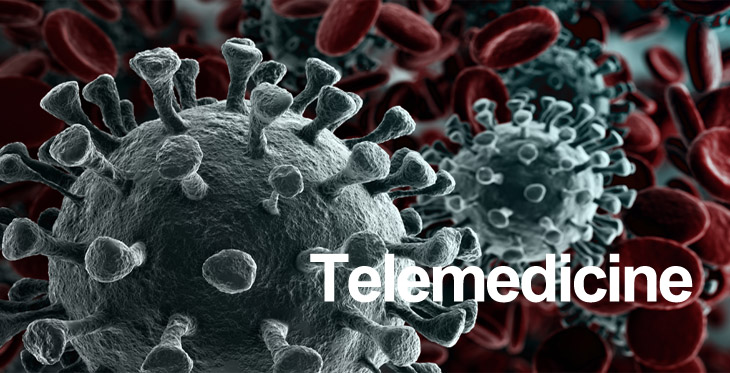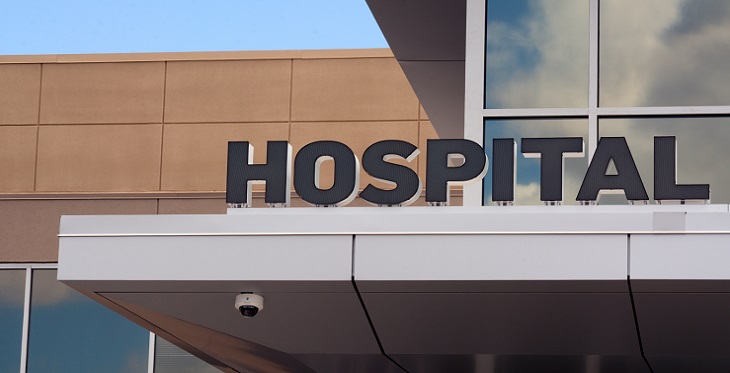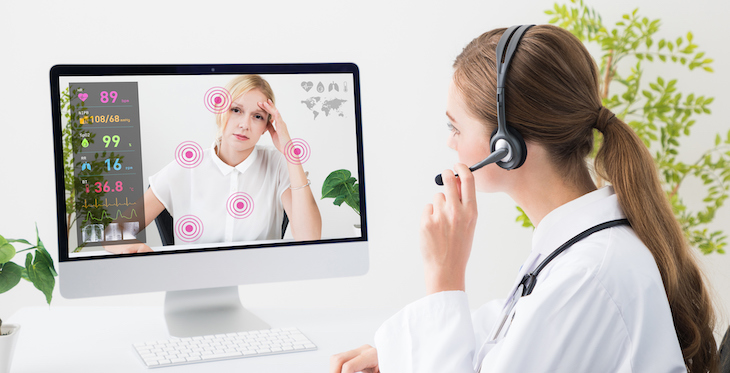Since the founding of the United States of America, we have made significant strides in advancing health justice, but the accompanying fight to ensure that every individual has a fair opportunity to achieve their optimal level of health is shaping up to be one of the defining challenges of our time. One of the major barriers to accomplishing this goal is the lingering presence of health inequalities — the differences in health and health care between population groups that occur across the life course and in many dimensions, including race/ethnicity, socioeconomic status, age, location, gender, disability status and sexual orientation.
The Arizona Telemedicine Program Blog, Category: mHealth
The percent of eligible Arizona prescribers EPCS enabled is 23 percent above the national average as of February 2020. Learn what EPCS is and how it benefits both patients and providers statewide.
On January 30, the World Health Organization (WHO) categorized the 2019 Novel Corona Virus COVID- 19 disease outbreak “a public health emergency, of international concern, day after day “hitting closer to home.”
But on February 28 edition of Tech Trends offered more than a glimmer of hope:
Information Technology (IT) has transformed many areas and medical care is a key area that digitalization can affect and improve. Telemedicine is the application of medical care, diagnostics, information dissemination and treatment through digital and virtual processes. Critical Access Hospitals (CAHs) were introduced in 1997 as part of a program that aimed to increase access to medical care in rural areas of the United States. They are typically small hospitals that are set up at least 35 miles from any other hospital and have a maximum of 25 beds. Further, they provide patients with essential medical services but to a maximum of 96 hours.
Telemedicine - otherwise known as virtual health - refers to the one-on-one consultations between patients and health professionals via video chat, phone call, or text message.
It’s the process of doctors treating patients remotely instead of face to face, using some sort of digital connection for the patient and doctor to connect for a health assessment or mental assessment in real-time. In other words, telemedicine is the answer to healthcare problems for people who work full-time, have young children, have no health insurance, or are otherwise unable to physically go and see a physician because of logistical challenges.




